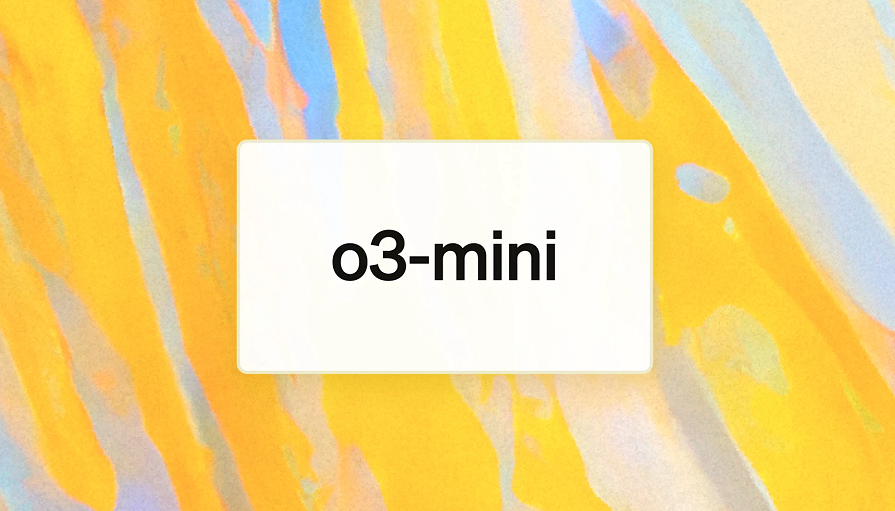OpenAI today made its o3-mini large language model generally available for ChatGPT users and developers.
Word of the launch leaked a few hours earlier. According to Wired, OpenAI brought o3-mini’s release date forward in response to R1, the reasoning-optimized LLM that DeepSeek debuted last Monday. The latter algorithm set off a broad selloff in artificial intelligence stocks and raised questions about the cost-efficiency of OpenAI’s models.
Previewed in December, o3-mini is positioned as a lower-cost version of o3, OpenAI’s flagship reasoning-optimized LLM. It’s also faster. OpenAI detailed today that o3-mini has latency on par with o1-mini, a less advanced reasoning LLM it debuted last September.
The company has made o3-mini available in the free, Plus, Pro and Team editions of ChatGPT. The LLM will roll out to the Enterprise plan next week. In the Plus and Team versions, the rate limit for o3-mini is 150 messages per day, three times the number supported by o1-mini.
OpenAI has also made the new model available via several of its application programming interfaces. Developers can use the APIs to integrate o3-mini into their applications. The API version of the LLM is available in three editions with varying output quality: o3-mini-low, o3-mini-medium and o3-mini-high.
OpenAI’s reasoning-optimized models implement a processing approach called test-time compute. The method boosts the quality of an LLM’s prompt responses by increasing the amount of hardware it uses to generate each answer. The entry-level o3-mini-low version of o3-mini requires the least amount of infrastructure and time to answer prompts, while the top-end o3-mini-high is the most hardware-intensive.
The company showed how o3-mini compares against o3, its flagship reasoning LLM, in a December demo. In an evaluation that required the two models to solve a set of coding challenges, o3-mini achieved a score of 2,073 while o3 earned 2,727 points. At one point, the former model wrote a web-based chatbot interface for its own API using Python.
OpenAI engineers also ran other tests during the December evaluation. They found that o3-mini-high achieved a score of 83.6 out of 100 on a qualifying exam for the U.S. Math Olympiad, trailing o3 by under 16 points. According to updated benchmark results released by OpenAI today, o3-mini-high has since improved its score to 79.6, which hints the company may have upgraded the model since last month’s demo.
OpenAI introduced its first-generation reasoning LLM, o1, in September. Wired today cited sources as saying that the launch shed light on issues in the company’s internal development processes. According to the report, OpenAI deployed o1 on an AI stack that was not designed for commercial use and traded off some “experimental rigor” for speed.
The company has also developed a second, more reliable AI stack. OpenAI at one point launched an effort to merge the two technologies but employees reportedly believe the project wasn’t “fully realized.”
During the December demo of o3-mini, OpenAI Chief Executive Sam Altman detailed that the company was planning to partner with external AI safety researchers to test o3-mini prior to its release. The company had earlier relied solely on internal safety testing. Altman added that the company’s flagship o3 reasoning LLM will launch “shortly after” o3-mini.
Image: OpenAI
Your vote of support is important to us and it helps us keep the content FREE.
One click below supports our mission to provide free, deep, and relevant content.
Join our community on YouTube
Join the community that includes more than 15,000 #CubeAlumni experts, including Amazon.com CEO Andy Jassy, Dell Technologies founder and CEO Michael Dell, Intel CEO Pat Gelsinger, and many more luminaries and experts.
THANK YOU









